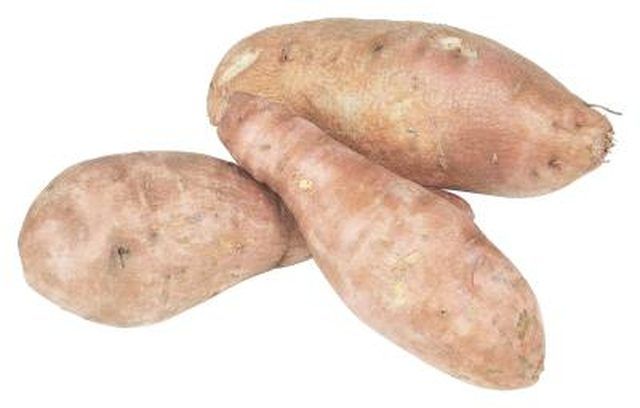Bulbs
Flower Basics
Flower Beds & Specialty Gardens
Flower Garden
Garden Furniture
Garden Gnomes
Garden Seeds
Garden Sheds
Garden Statues
Garden Tools & Supplies
Gardening Basics
Green & Organic
Groundcovers & Vines
Growing Annuals
Growing Basil
Growing Beans
Growing Berries
Growing Blueberries
Growing Cactus
Growing Corn
Growing Cotton
Growing Edibles
Growing Flowers
Growing Garlic
Growing Grapes
Growing Grass
Growing Herbs
Growing Jasmine
Growing Mint
Growing Mushrooms
Orchids
Growing Peanuts
Growing Perennials
Growing Plants
Growing Rosemary
Growing Roses
Growing Strawberries
Growing Sunflowers
Growing Thyme
Growing Tomatoes
Growing Tulips
Growing Vegetables
Herb Basics
Herb Garden
Indoor Growing
Landscaping Basics
Landscaping Patios
Landscaping Plants
Landscaping Shrubs
Landscaping Trees
Landscaping Walks & Pathways
Lawn Basics
Lawn Maintenance
Lawn Mowers
Lawn Ornaments
Lawn Planting
Lawn Tools
Outdoor Growing
Overall Landscape Planning
Pests, Weeds & Problems
Plant Basics
Rock Garden
Rose Garden
Shrubs
Soil
Specialty Gardens
Trees
Vegetable Garden
Yard Maintenance
Where Is Starch Stored in Plant Cells?
Where Is Starch Stored in Plant Cells?. Some plants, such as potatoes and other tubers, and fruits like the banana and breadfruit, store starch for later use. This starch is stored by special organelles, or cell subunits, called amyloplasts.

Some plants, such as potatoes and other tubers, and fruits like the banana and breadfruit, store starch for later use. This starch is stored by special organelles, or cell subunits, called amyloplasts.
Storage Process
Plant starch begins as glucose, a primary product of photosynthesis, or the process by which plants produce food from sunlight. Glucose is difficult for plants to store, however, and is converted either to sucrose or starch through a process called polymerization.
Amyloplasts
The polymerization and storage process in plants is performed by special cell parts---the amyloplasts. These non-pigmented organelles take glucose, turn it into starch and move it to another part of the cell, called the stroma.
Stroma
The stroma is the colorless, spongy cell matrix that supports the plant cell itself. In tubers, rhizomes and other starch-storing plant organs, it also acts as a place to store food for later use. When the plant needs the energy in the starch, it converts the starch grains back into glucose.